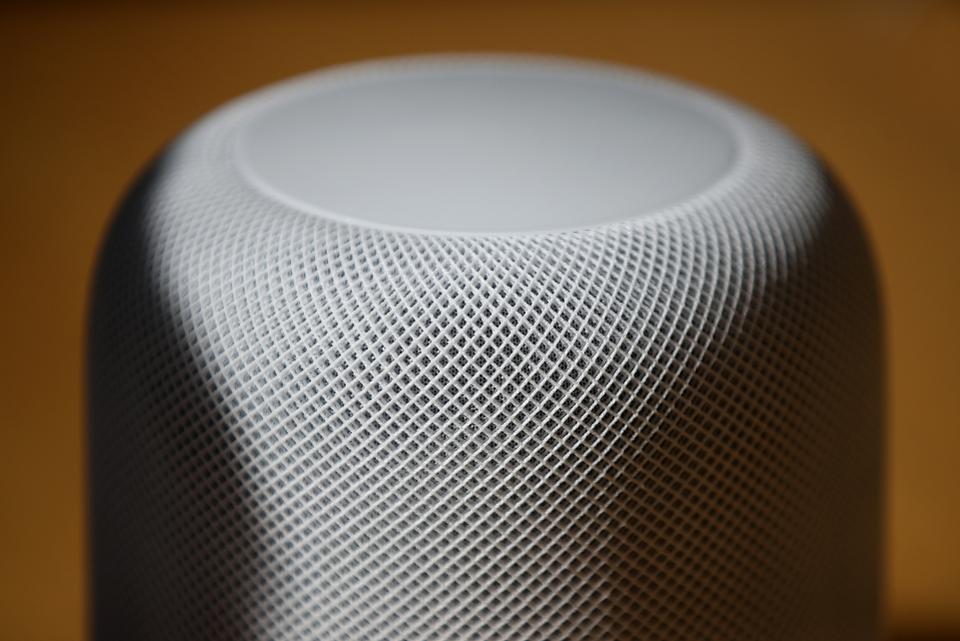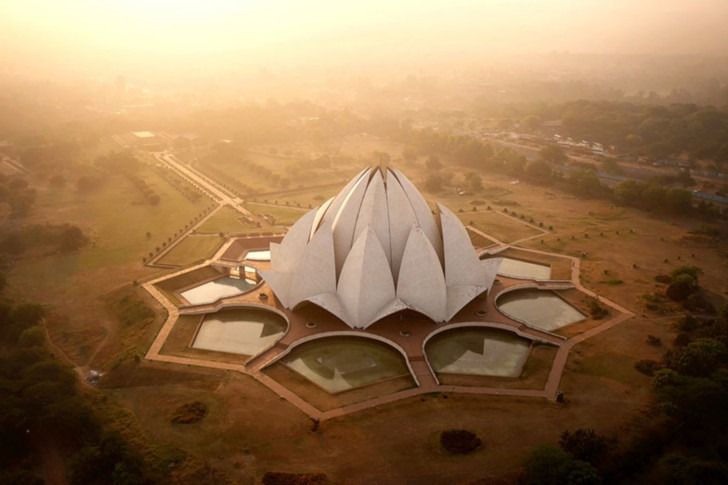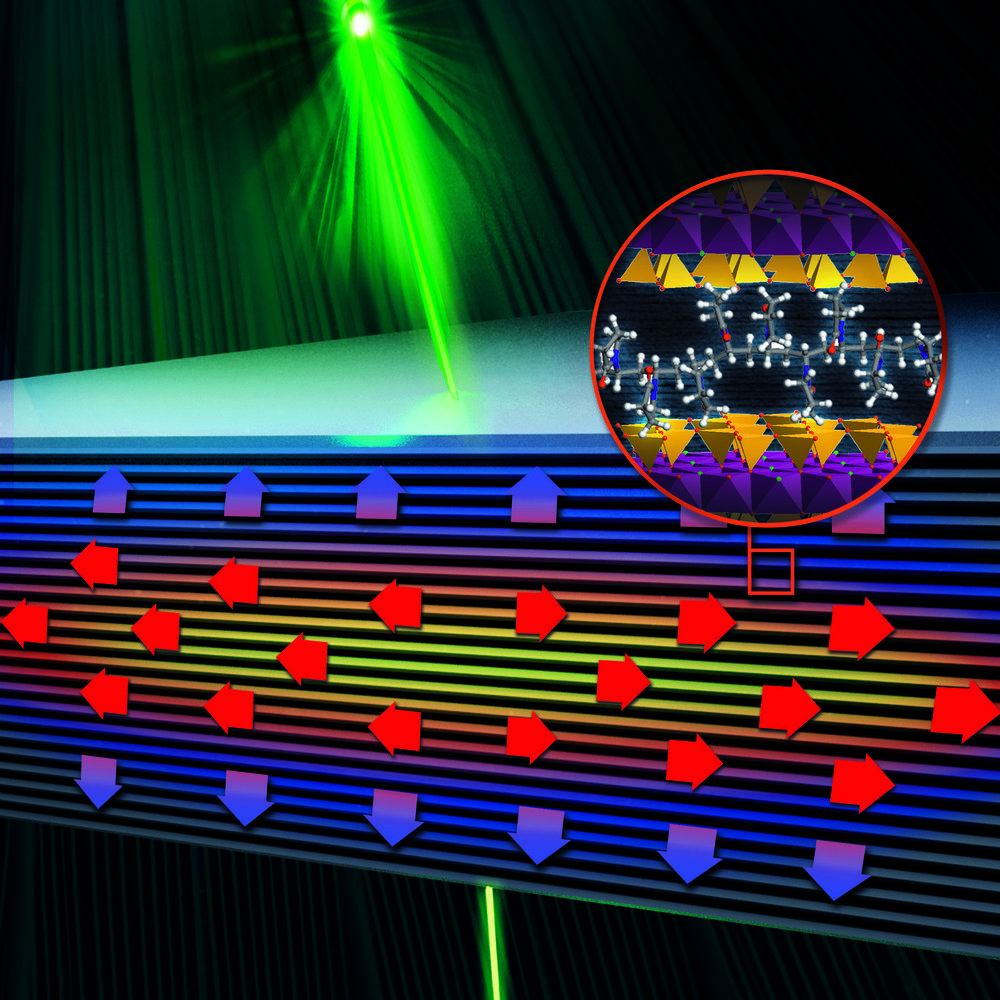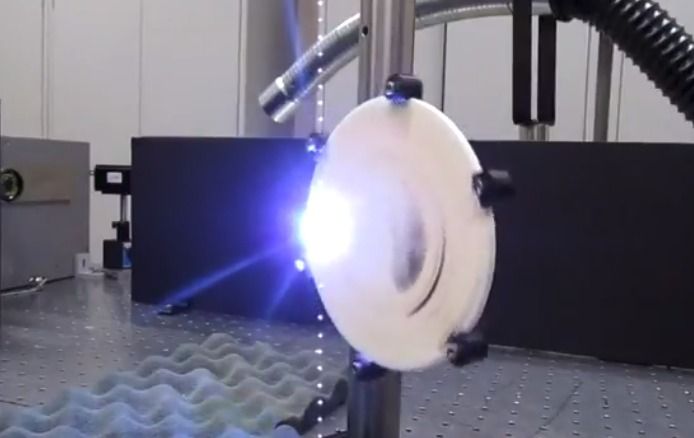Marilyn had extensive fusion surgery all the way from her midback to the entire lower back. The surgery was done to fix her curvature in her spine.
Unfortunately, it did not help and she continued to have pain.
She has tried numerous injections and even strong pain killers which not only failed but also gave her side effects.
Her own bone marrow stem cells were extracted and after concentrating, they were injected back into her thoracic and lumbar discs.
Marilyn is now showing significant improvement in her pain. More importantly, there has been an increase in her function. In our experience, those patients who respond to stem cell therapy, their pain relief lasts for years.
Read below to find out more about how stem cells are relieving pain from failed fusion surgeries.







